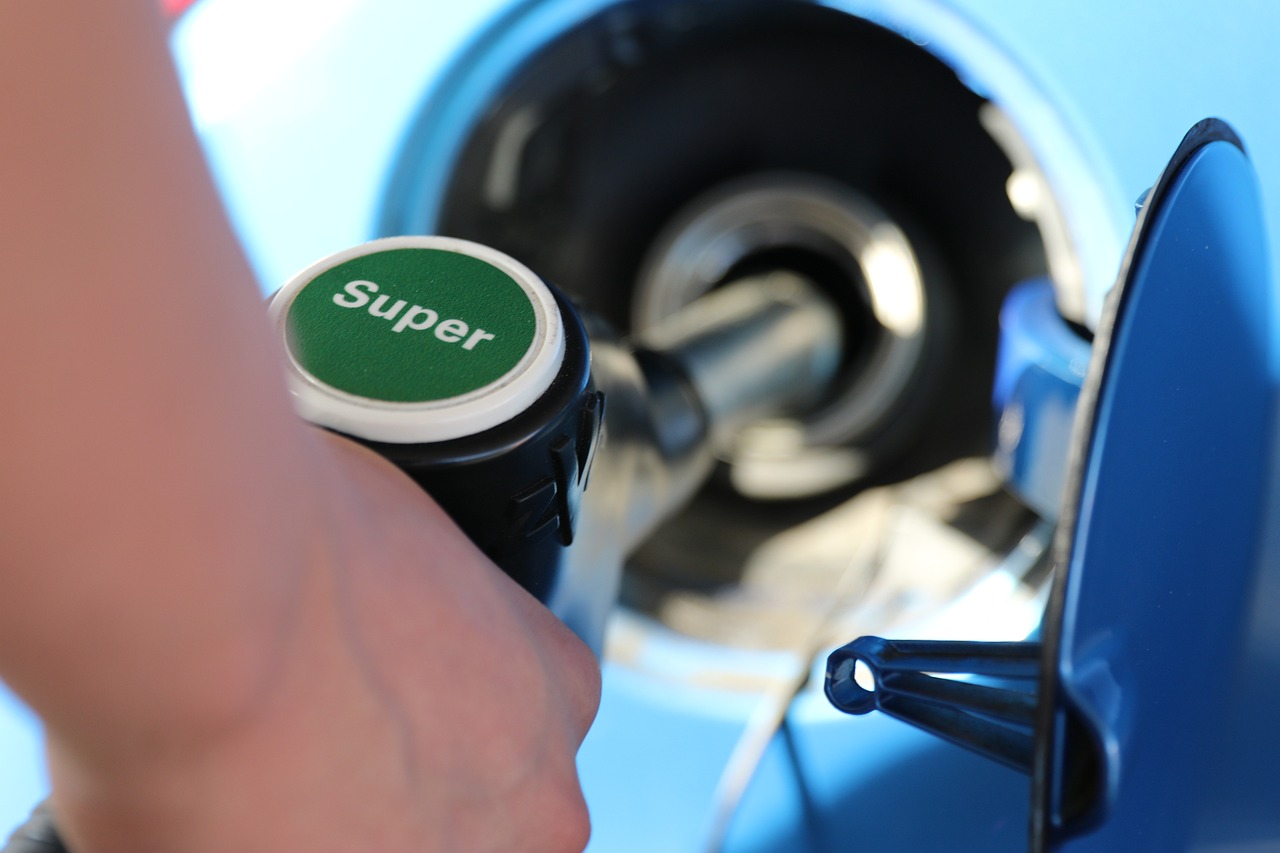In a move that signals potential challenges for the automotive sector’s transition to electric vehicles (EVs), the Alliance for Automotive Innovation, a representative body for major US automakers, has expressed reservations about the proposed fuel economy standards for the upcoming decade. The group contends that if enacted, these standards could impede the industry’s pivot towards electric vehicles.
The National Highway Traffic Safety Administration (NHTSA) unveiled its proposal in July, outlining fuel economy standards for cars and light trucks spanning from 2027 to 2032. The proposal aims at an annual 2% increase in the fuel efficiency of cars and a 4% increase for light trucks. This represents a significant leap from prior standards, which already mandated an 8% yearly improvement for cars and 10% for light trucks between 2024 and 2026.
An Automotive News report highlights that, if adopted, the NHTSA’s proposal would see the average fleet fuel economy reaching almost 58 miles per gallon (mpg) by 2032, a notable increase from the approximately 49 mpg projected for 2026 under the previous standards.
However, the Alliance for Automotive Innovation challenges the viability and realism of the proposal. Speaking at a virtual public hearing, Michael Hartrick, a representative of the group, asserted that the proposal “exceeds maximum feasibility.” He voiced apprehensions about the penalties for non-compliance and raised concerns about a pending rule at the US Department of Energy (DOE) that could devalue EVs concerning fuel economy.
Hartrick argued that the NHTSA’s proposal violates the statutory prohibition against considering battery electric vehicles (BEVs) in setting fuel economy standards. He also expressed worries that the DOE’s rule, potentially reducing the fuel economy of EVs by 72%, would create a significant policy misalignment between the two agencies. This, he argued, might divert automakers’ attention and resources away from investing in EVs.
Contrarily, Ann Carlson, the acting administrator of the NHTSA, defended the proposal as a means to enhance vehicle efficiency and decrease greenhouse gas emissions. She emphasized the potential benefits for consumers, such as cost savings on fuel, improved US energy security, and an expanded array of vehicle choices. Carlson insisted that the proposal aligns with Congress’ mandate to conserve fuel and support American energy independence and auto manufacturing.
As the debate intensifies, it remains to be seen how these proposed fuel economy standards will evolve and whether adjustments will be made to address the concerns raised by the Alliance for Automotive Innovation. The outcome holds significant implications for the trajectory of the automotive industry’s commitment to electric vehicles and the broader landscape of environmental sustainability in the United States.
